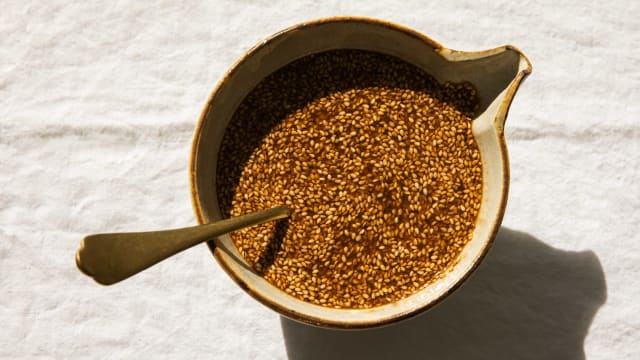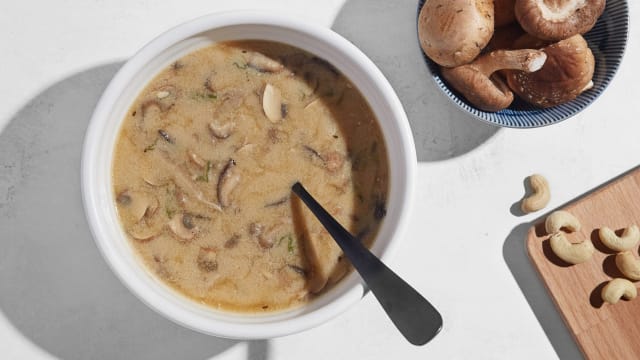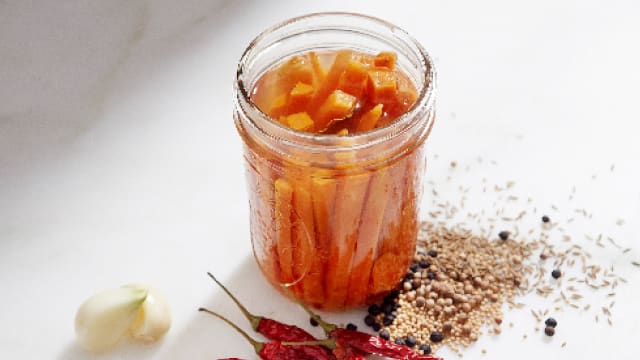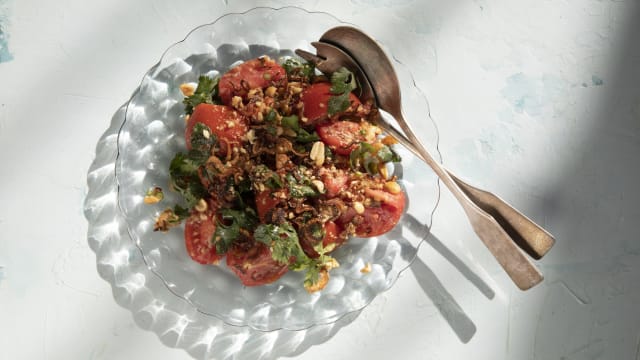DIALOGUE: Bonnie Chung
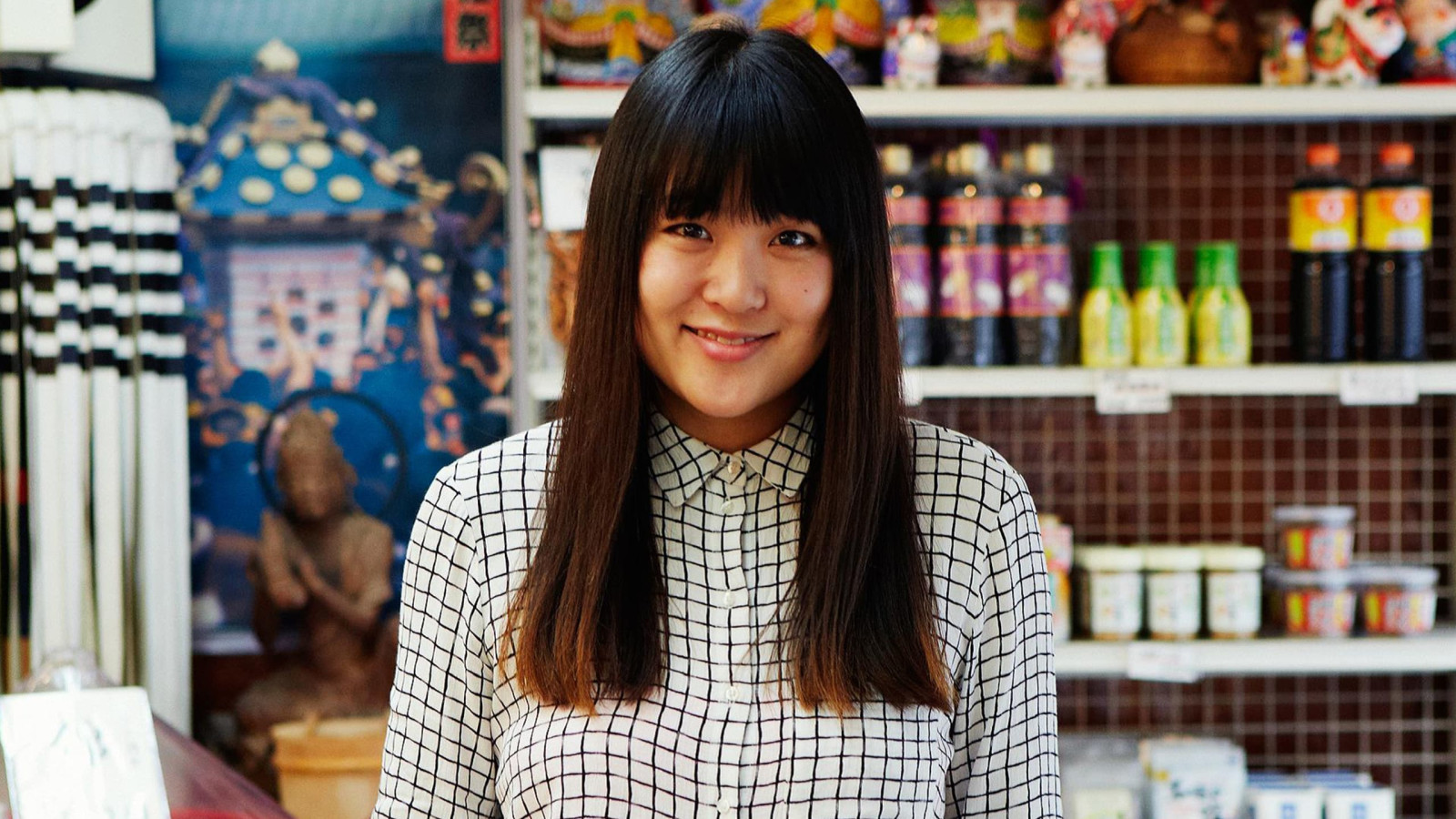
A search for authentic miso across London led a Goldman Sachs analyst to start Miso Tasty, the UK’s only dedicated miso brand. Bonnie Chung branched off into the food world as a caterer and recipe developer in 2008 and then co-founded one of the first underground supper clubs in London.
Miso, with its umami flavor, culinary heritage, and nutritional value, offered a capacity for taste combinations that Chung wanted to explore. In 2011, Chung founded Miso Tasty, bringing a special brand of Japanese cuisine that was close to her roots with an approach that was mindful about the healing aspects of food. Miso Tasty’s award-winning products (miso soup, miso paste, miso sauces in new combos) can be found across a thousand stores in the UK, and have been starlit by prominent chefs like Jamie Oliver, Yotam Ottolenghi, and Delia Smith, among others.
In addition to Japanese food, Bonnie Chung’s is passionate about mental health wellbeing. Her two cookbooks, “Miso Tasty” (2016) and “Tofu Tasty” (2021) marry the Japanese art of slow cooking and the delight of exquisite flavors. Here Chung talks about the fermentation magic of Japanese food and the wellbeing aspects around Japanese culinary culture.
RoundGlass: Japanese cuisine is famous for its culinary healing traditions. How does this historical perspective on food as medicine align with our modern understanding of mental health and wellbeing?
Bonnie Chung: Japanese food is so much about local, seasonal ingredients and flavorings with long-aged pure ingredients like mirin, tamari, and miso. There is a mindfulness and focus when enjoying traditional Japanese cuisine that encourages an appreciation for slow food and an appreciation for simple dishes, which is calming and nourishing.
RG: Fermentation is a key element in Japanese cuisine. Could you elaborate on the science and magic behind fermentation, and how it contributes to the unique flavors and health benefits of Japanese cuisine?
BC: A lot of Japanese ingredients are long-aged or fermented for a long time to develop unique character and complex flavors. If your miso is unpasteurised, then you are more likely to get the full benefits of the fermentation from miso. Traditional miso is made from soybeans that have been steamed, then mixed together with rice koji (which is steamed rice that has been inoculated with bacteria to start the fermentation process).
The two ingredients are then stored and aged from as little as one month to two to three years to reach their desired flavor. During this time, the soybeans, which are full of amino acids, break down into glutamates, one of the key sources of umami flavor and it is this unique flavor that is quintessentially Japanese.
RG: Are there specific aspects of Japanese culinary culture that could benefit people's overall wellbeing in today's fast-paced world?
BC: Plant-based and seasonal eating has always been in Japanese food’s DNA, and these trends are really catching on across the world. Furthermore, the rule of eating until you are 80% full is very helpful as part of mindful eating so that you are fully present with the flavors and satiety that you are experiencing.
RG: Can you share some insights into miso as a form of nourishment for mental and emotional health?
BC: Miso soups have been key to traditional Japanese breakfasts for hundreds of years, a comfort food that is also served up when you are unwell, or during cold weather. It is believed to have health-giving benefits that make you feel better — miso soup is also served at the end of a meal to aid digestion. Miso is thought to have both a reputation for enhancing and maintaining wellbeing as much as serving a culinary role.
RG: With an increasing focus on holistic health are there any innovative trends or practices that excite you in this space?
BC: We are seeing a renaissance in traditional craft in food such as tamari, pickles, and sake, which have been on the decline for many years in Japan due to the increase in Western diets amongst the Japanese. We are now seeing a re-embrace of miso enjoyment among younger generations too. This is a very positive trend for health and wellbeing as the craft foods of Japan center around slow food principles.
RG: What is a heritage cookware that you possess and can’t part with? What is it associated with?
BC: I love my rice cooker. It’s one of my favorite things to gift foodies — you can steam dishes in it, as well as making your fluffy rice to the perfect consistency.
RG: What is your enduring food memory while growing up?
BC: Making dumplings for my father’s restaurant — pleating the pastry over and over again.
RG: What is your favorite ingredient? Why?
BC: Apart from miso, I am a great fan of tofu in all its forms; fresh, dried, and fermented tofu is so delicious and nutritious too!
DIALOGUE is an ongoing series of conversations about food & wellbeing.
The Benefits
- The goodness of Japanese fermentation
- The mindful aspects around nourishing Japanese foods
- Health benefits of Japanese miso and tofu dishes

